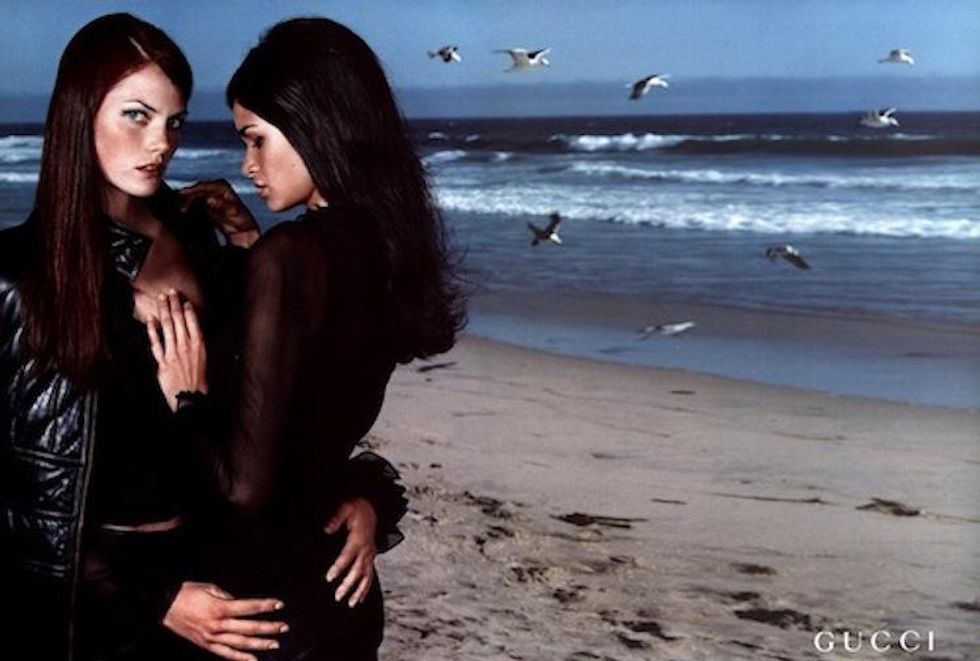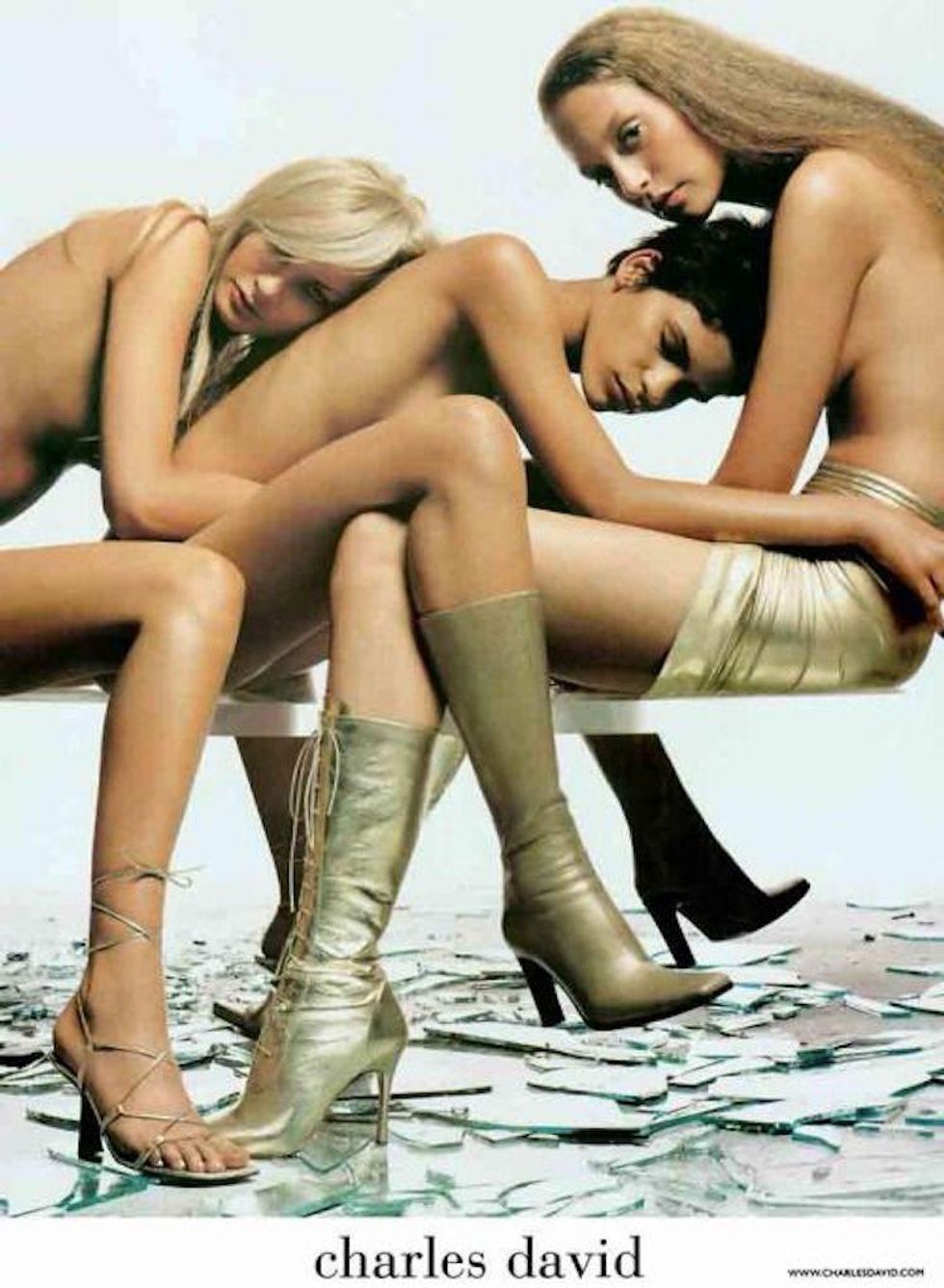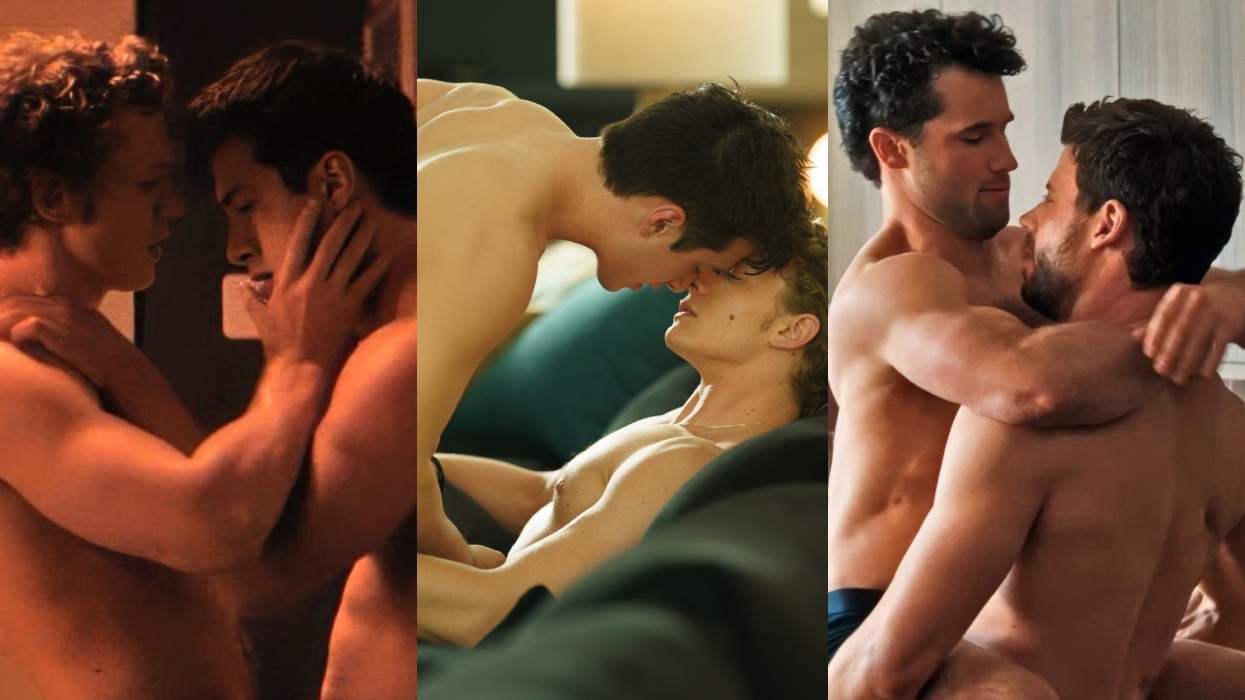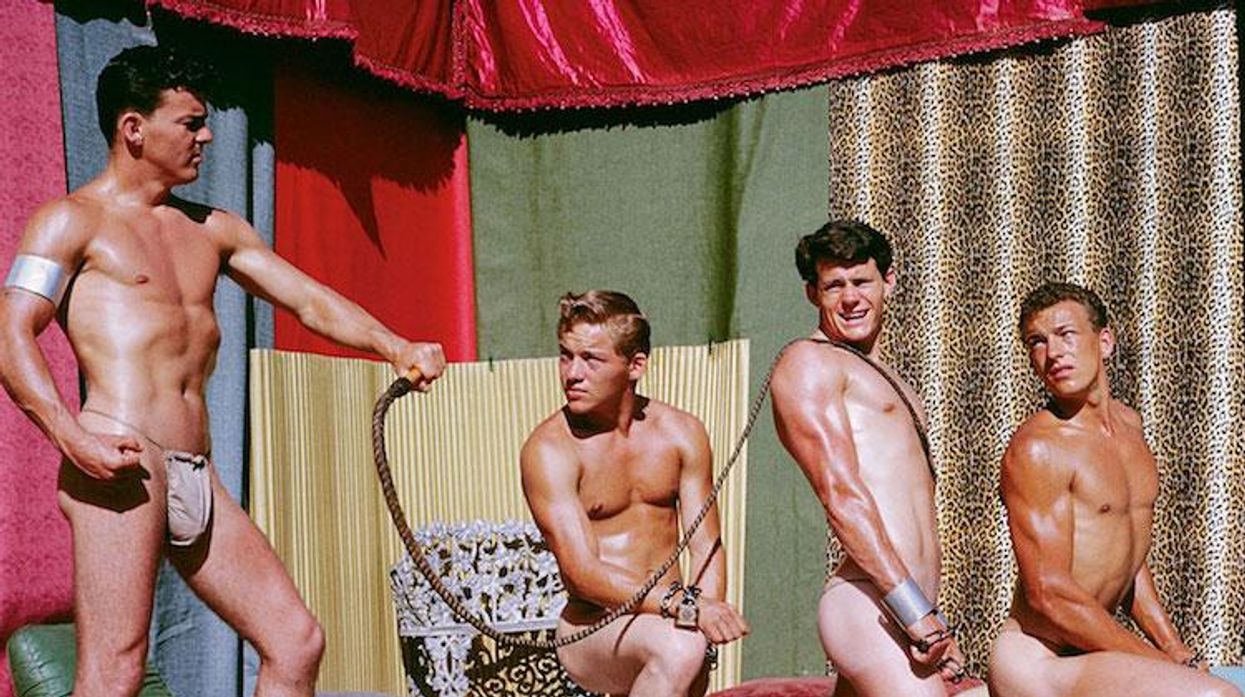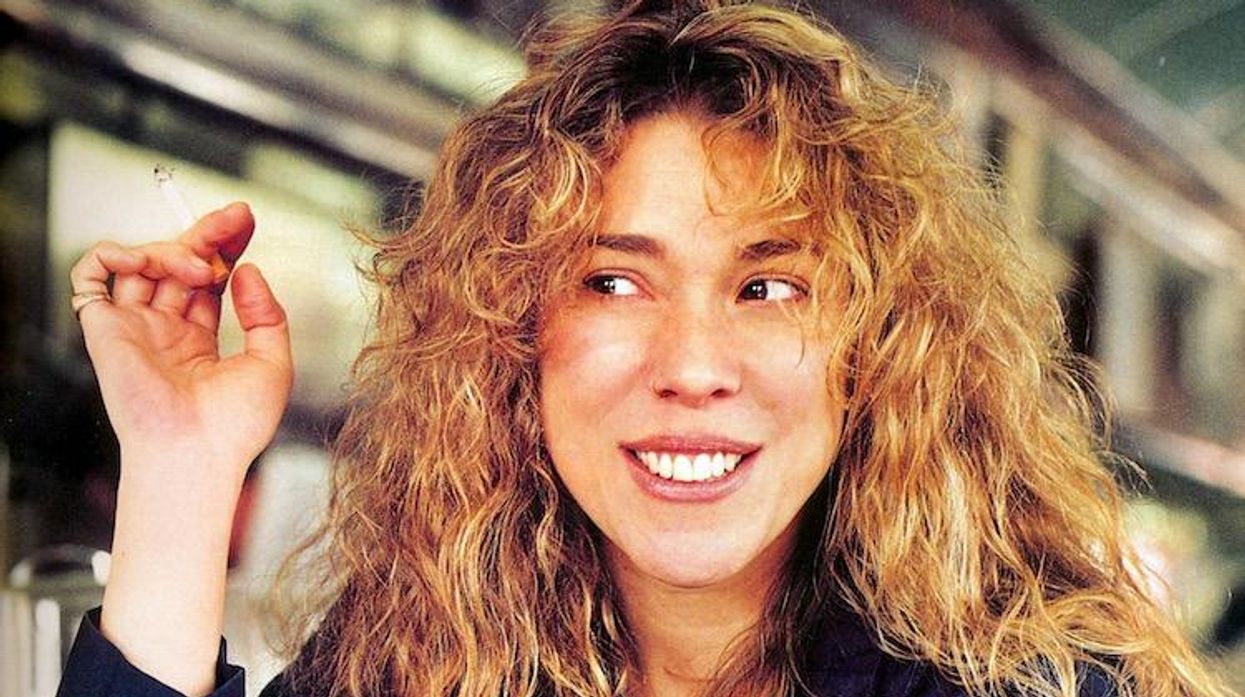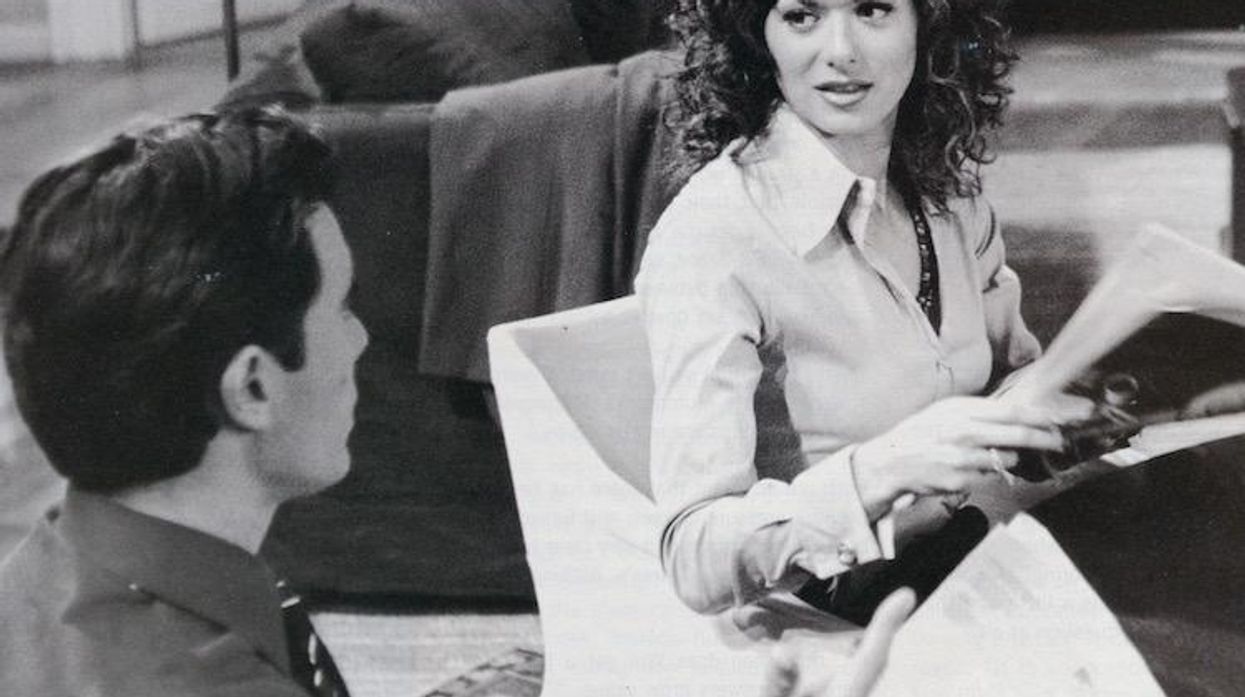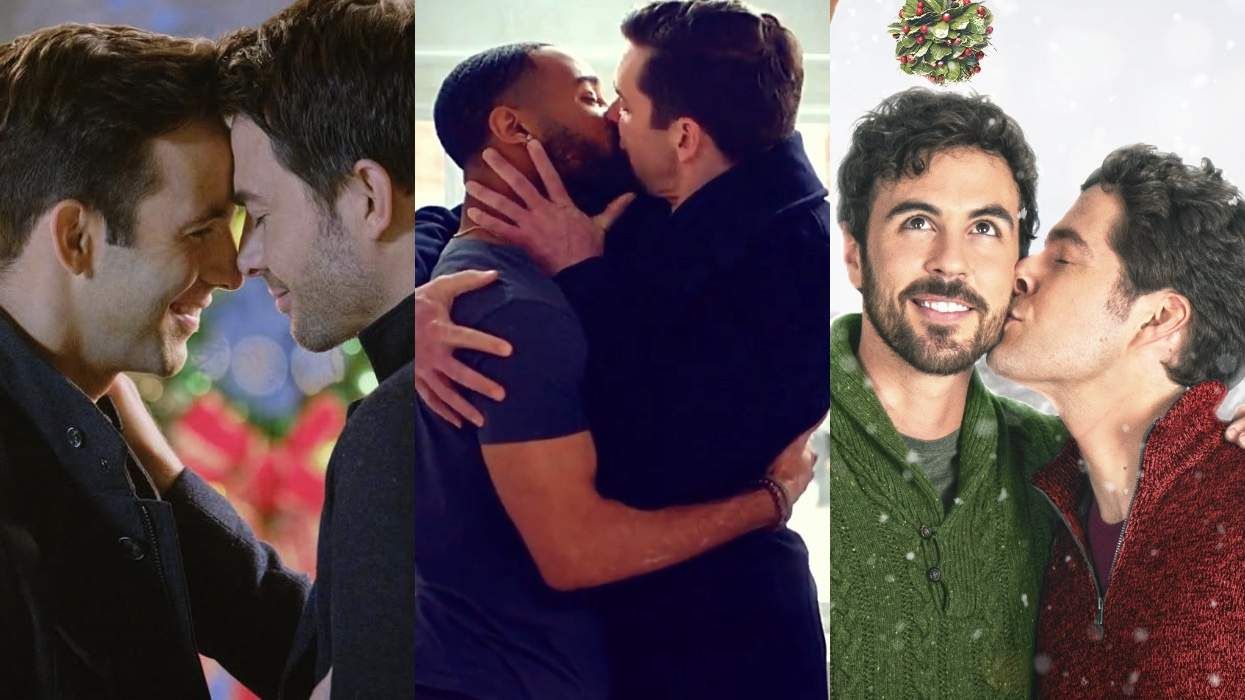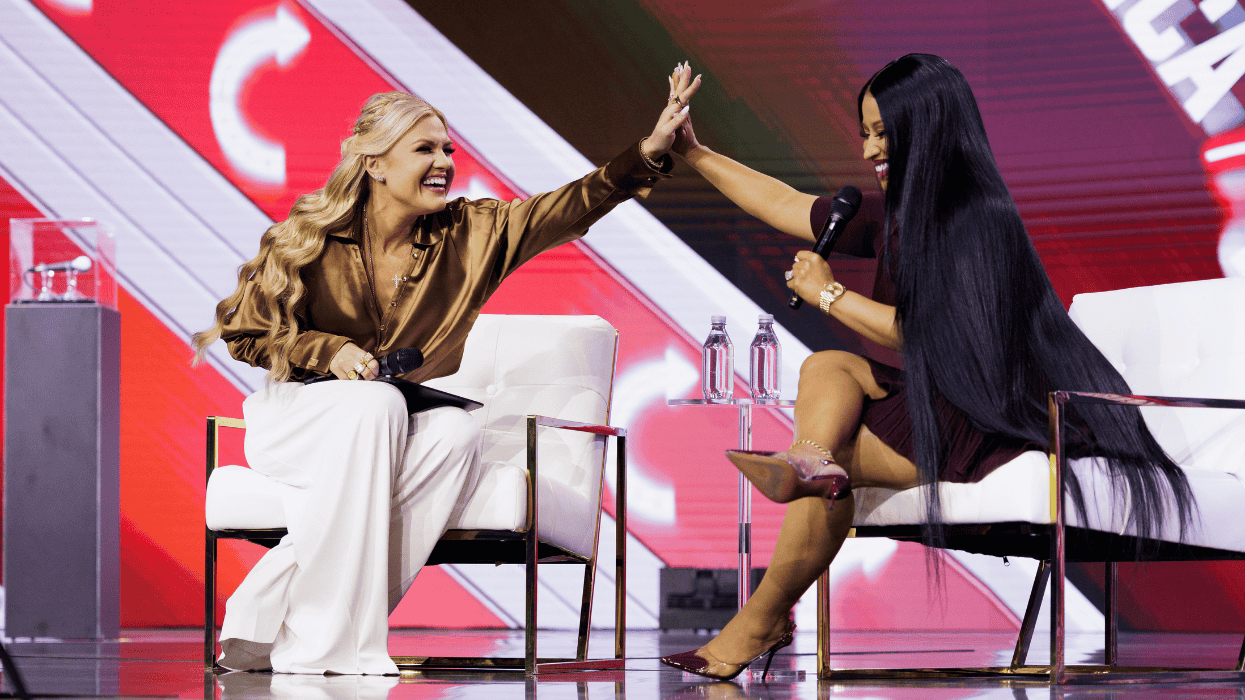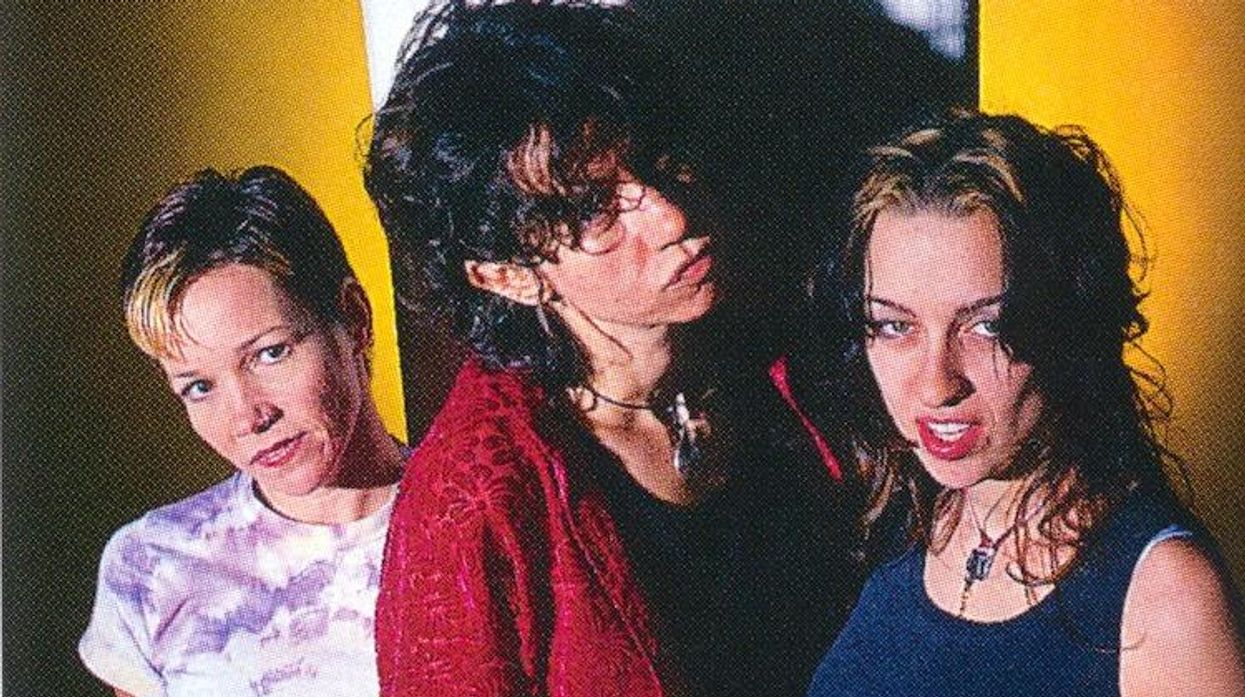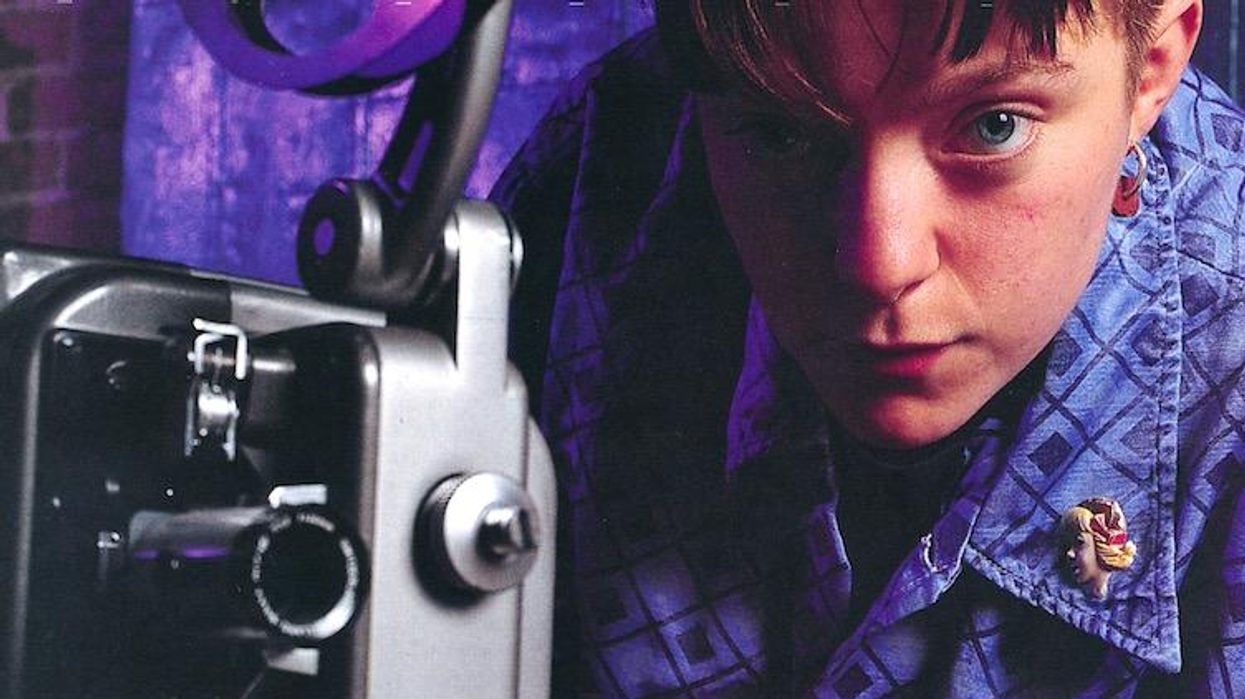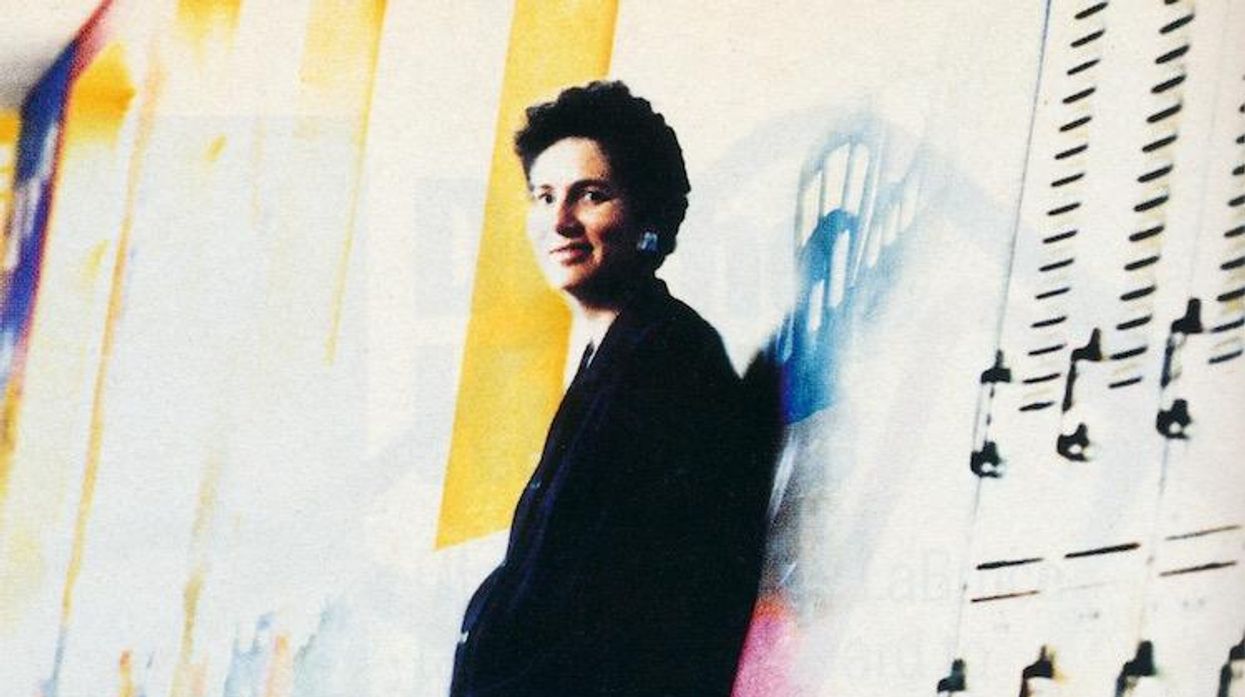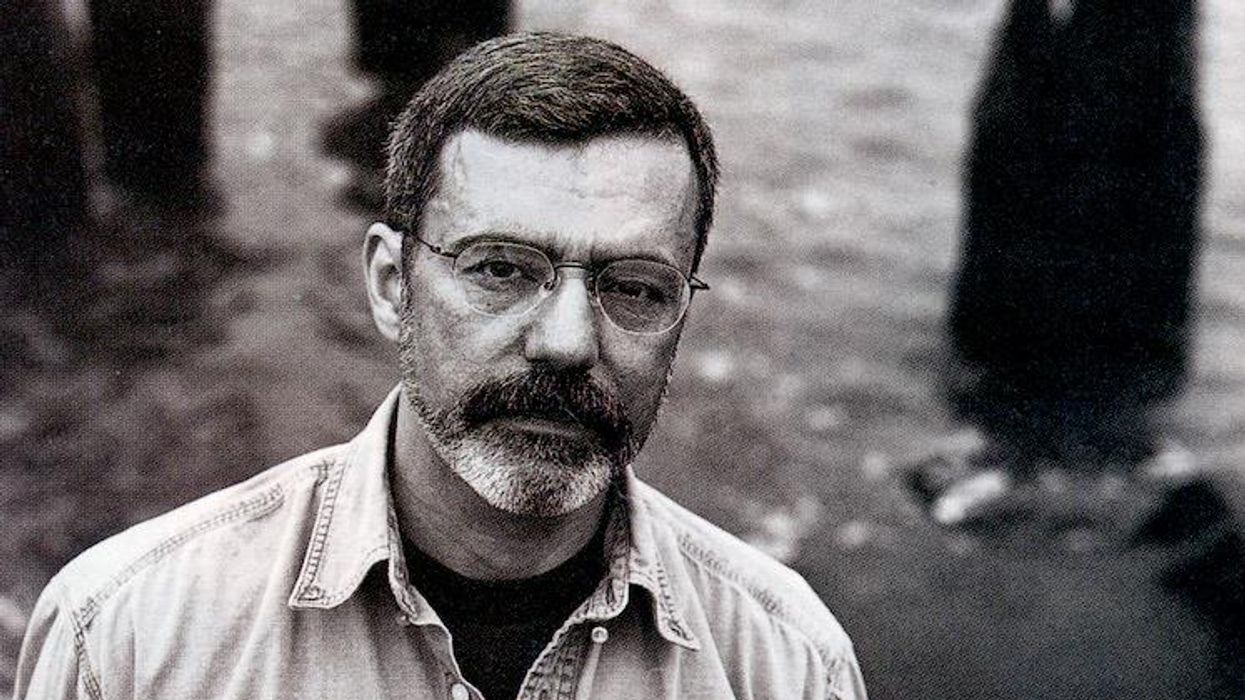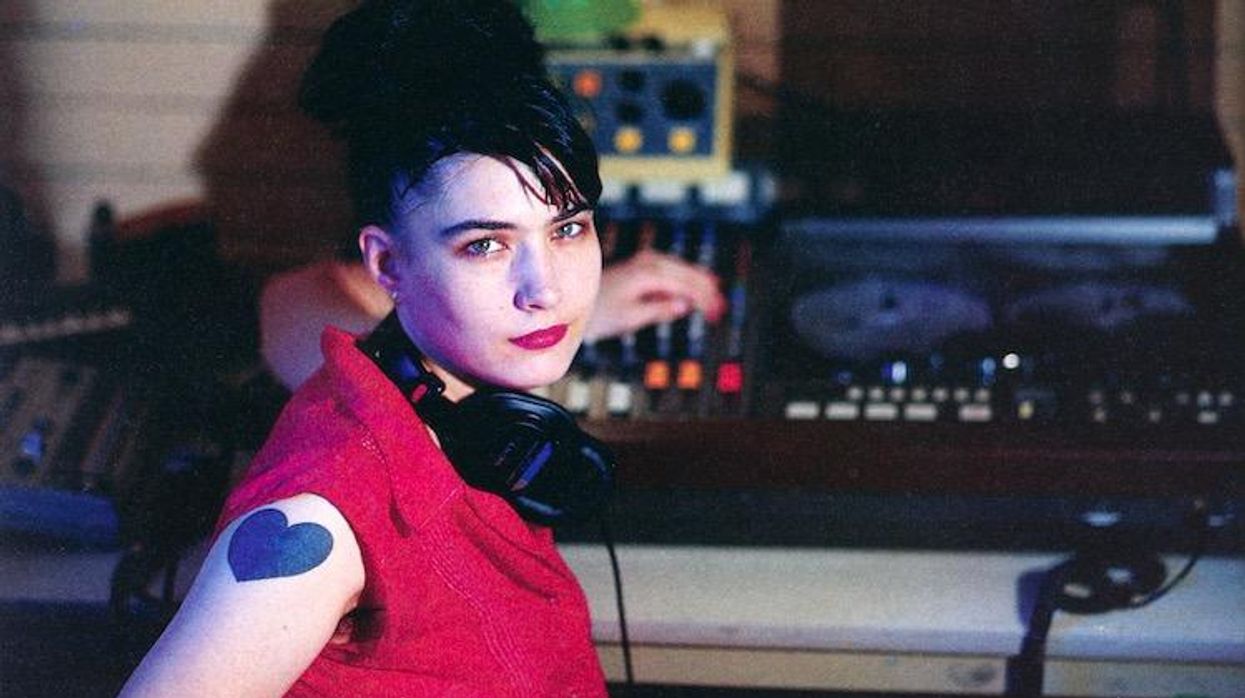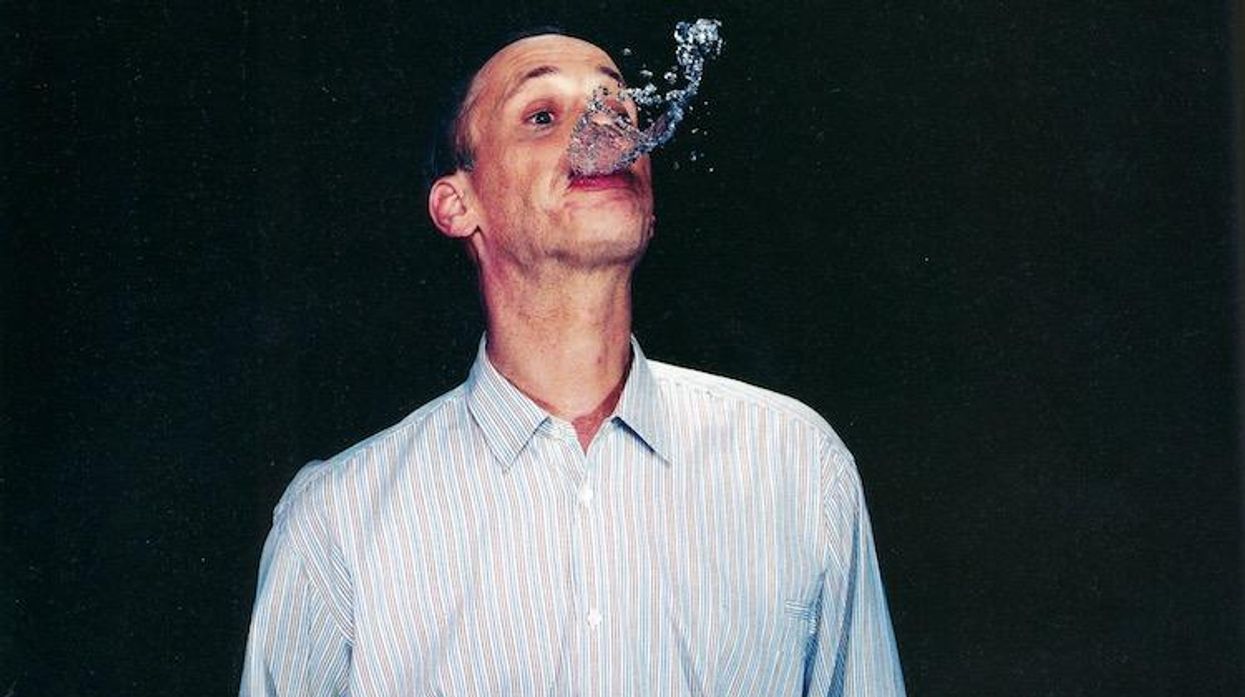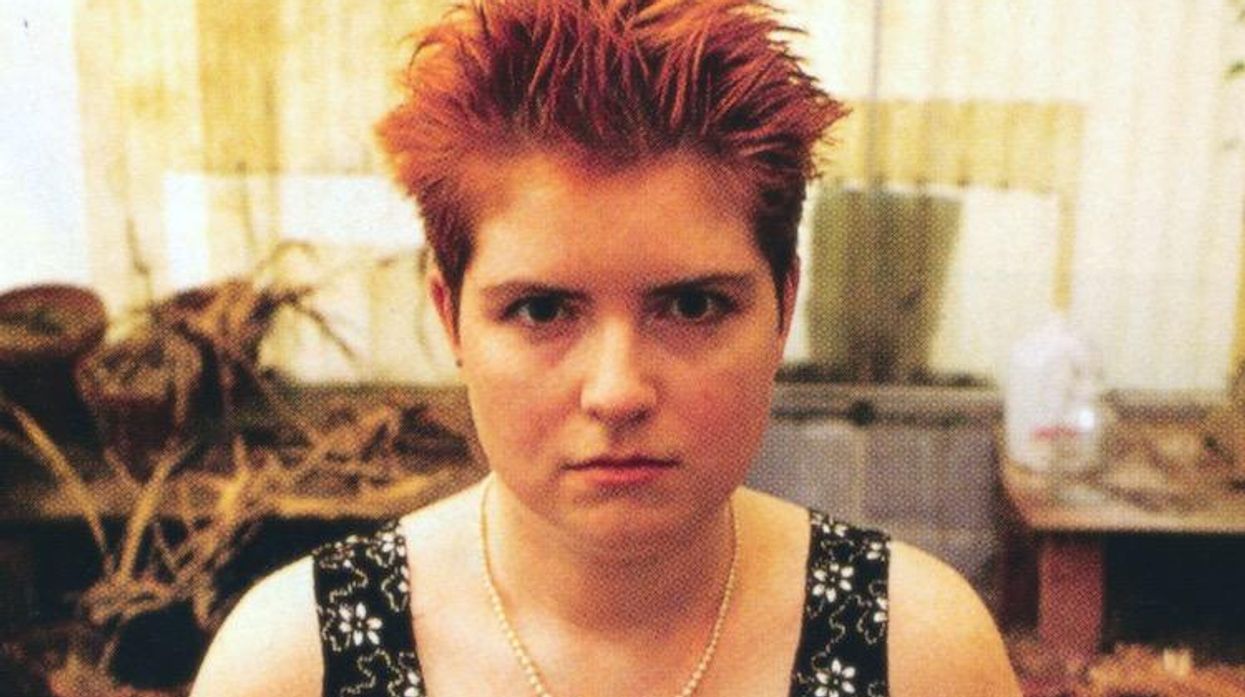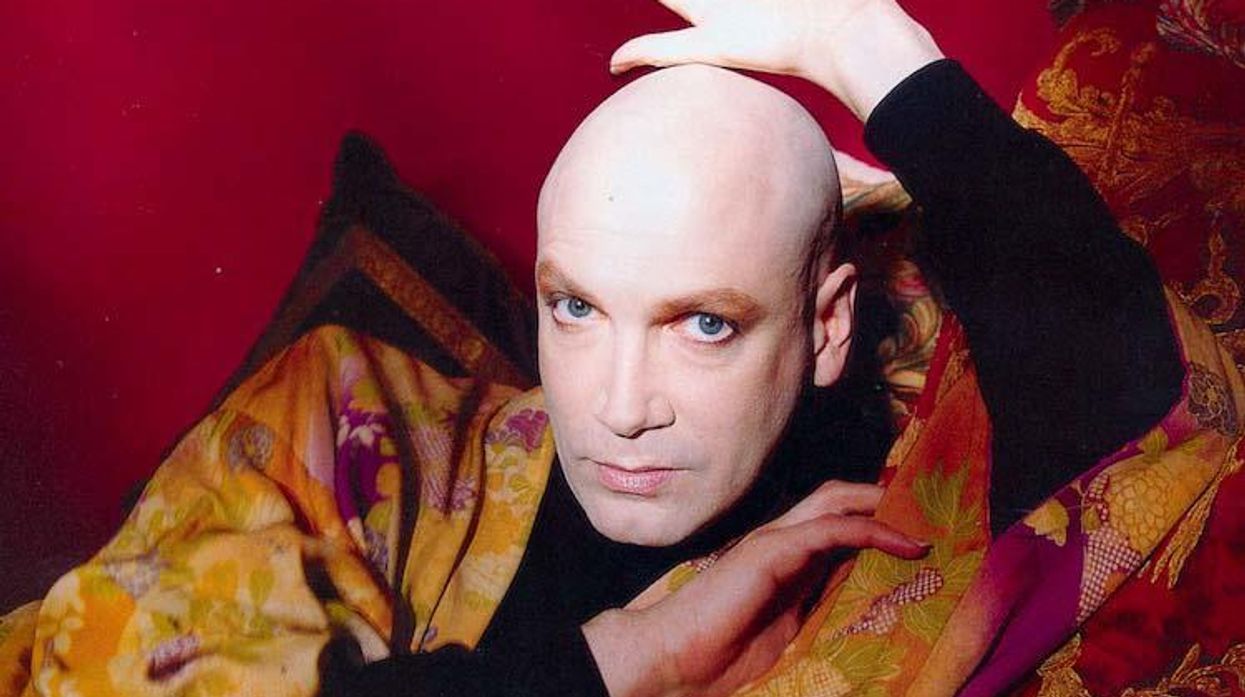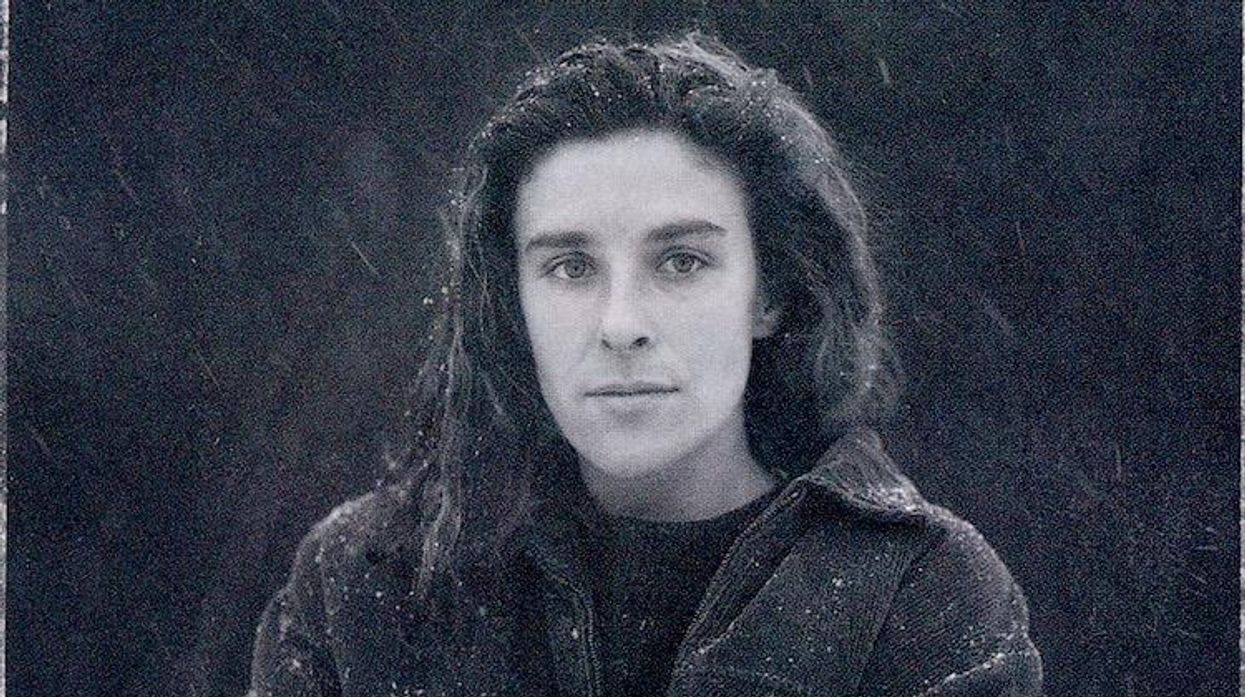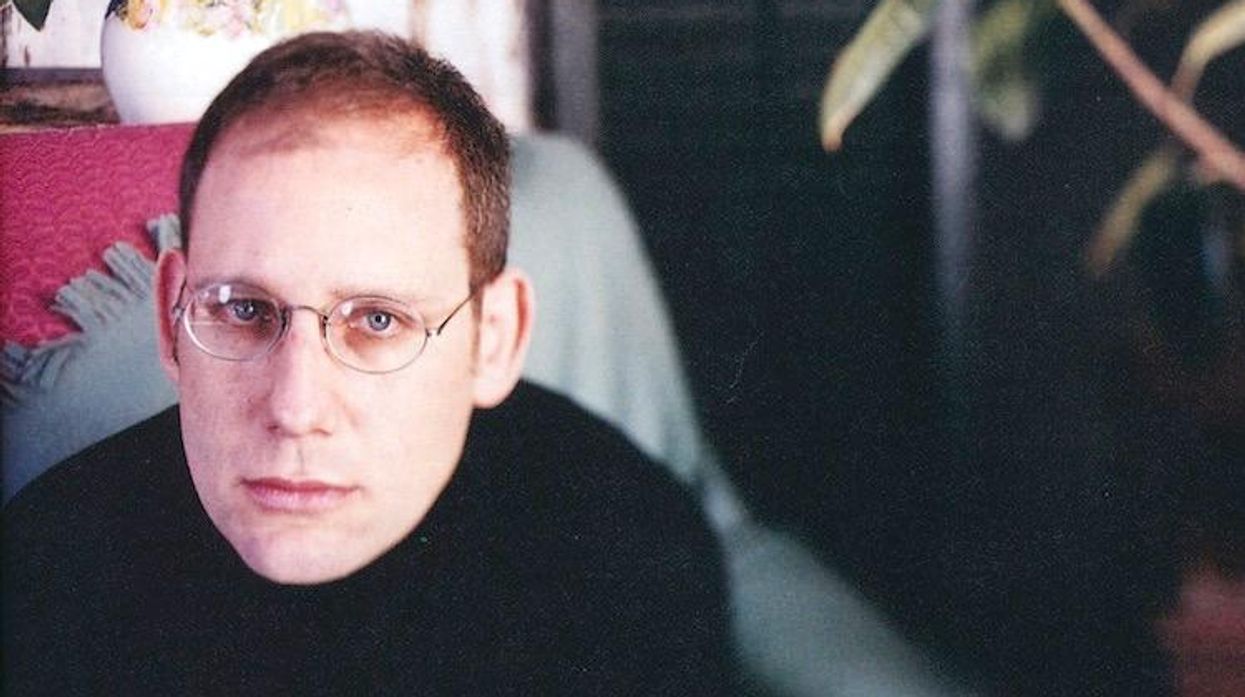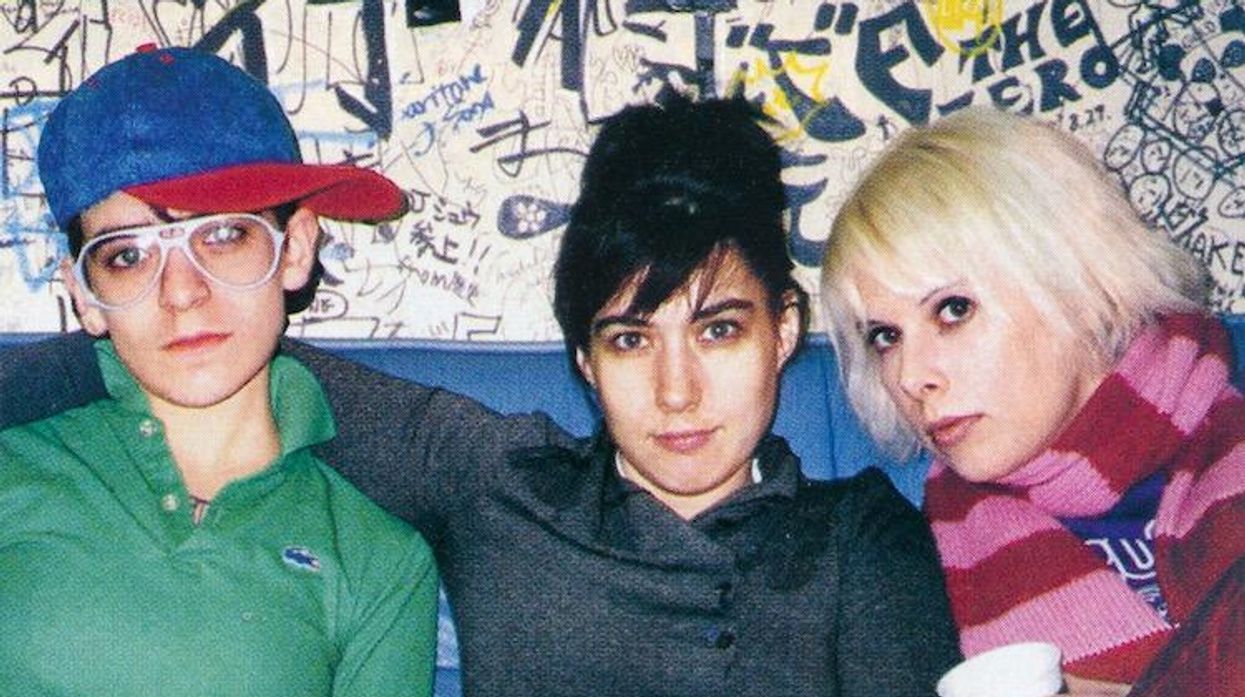This article originally appeared in the May 2001 issue of OUT.
Quick, name three openly lesbian fashion designers.
OK, then--how about lesbian fashion editors? Or lesbian fashion photographers? Dyke supermodels? The truth is, once you've exhausted the few prominent exceptions (punky designer Patricia Field, photographer Catherine Opie, ex-model Jenny Shimizu), it's hard to find a sizable number of openly lesbian anythings in the fashion business. The image industry is overwhelmingly run by men, gay and straight, and hetero women.
But look around right now at billboards, glossy magazines, advertisements, and fashion shows, and you'll see lesbians--correction: "lesbians"--everywhere. Gucci, Dior, Moschino, Versace, Costume National, Charles Davis, and Guess? have all recently employed girl-on-girl imagery in their ads. Two of the modeling world's hottest rising stars, Eleonora Bose and Omahyra, look like boys. And style staples of many drag kinds and dykes--men's suits, military surplus, and close-cropped hair--are all over the runways. Gucci's spread of two eerily twinlike brunettes standing on a beach, in a campaign for fall 2000 shot by Alexei Hay. One woman's hand is poised on the other's breast as if studying a foreign object or entering her security code at an ATM; the other stares at the camera. They have almost identical long brown hair and eyeliner and black clothing. It is much easier to imagine that four double-D batteries reside in their lower backs than to imagine them having sex with each other--which, of course, is probably the point. Versace has a campaign in which one especially thin woman slumps miserably in various positions near her apparently OD'd companion, whose stockings, garters, and bare knobby spine are visible but never her head.
This disparity to to be expected though. Fashion tends to look like fashion, and less often like "the real thing." It tends to appropriate, not originate; unconcerned with authenticity, it prefers to remake things in its own surreal image. It re-presents rather than represents. No matter how wonderfully perverse your fantasies, for example, it's unlikely that in real life you'll ever see a smartly suited butch in stiletto heels or a threesome of drowsy-looking gamines draped across each other wearing not much more than their Charles David boots.
While ads can be unrealistic, some of the women in them are surprisingly vivid. Model of the moment Omahyra is a Dominican 16-year-old who looks like a sultry, sullen Latino boy. With her close-cropped hair and bold features, she's the first model since Jenny Shimizu who could pass at your local Clit Club--or at a gay bar for that matter. Her look is as much Adonis as Athena.
Suggest that her boyish appearance has propelled her to fame, though, and her agent is instantly on guard. "Omahyra is also very sexy and feminine," says George Speros at Boss Models. "I don't want her to be pigeonholed as masculine." It takes some delicate verbal navigating and effusive flattery, but eventually Speros relaxes and talks more openly about Omahyra's unusual looks. He says the women's market has become flooded by boring blond-and-blue all-Americans, and people simply want to see different kinds of faces.
Gucci
"They happen to also have a masculine edge to them, but it's more that they're interesting," he says of the new crop of andro models. "With 'interesting' goes 'strong,' and therefore it appeals to everyone--it can appeal to a gay man, a straight man, a gay woman, a straight woman, whatever. [Omahyra] can cover all four of those bases."
Another model with multidirectional appeal is Eleonora Bose, a lanky Italian-Spaniard with the gender-bending, space-oddity look of David Bowie (whose Ziggy Stardust persona she imitated uncannily for a Spanish glossy). Again, the handlers get defensive about intimations of lesbian chic. Chris Kiely, Bose's agent at IMG, does not seem eager to delve into the factors behind the phenomenon. "I don't know, the work just keeps coming," he says curtly. "It might just be a look. Models are constantly reinventing themselves, so who knows." (Bose herself seemed much less concerned in an interview with Dutch magazine: "I hope 'butch chic' changes everything, and not just because I'm one of the representatives, but because I would really like to see different faces in fashion," she said).
Fashion people like to play with gender, not work against it; they bend it ever so slightly but only with the understanding that it will bounce back into place. Paradoxically, the typical model body type is practically rigged for gender-bending. Tall, lanky, narrow-hipped, usually small-breasted and wide-shouldered, it falls more on the side of adolescent male than woman.
Indeed, menswear appeared to be the new womenswear for many collections in the spring shows. In Milan, Moschino sent out its female models in pairs, with one dressed as a man and one dressed as a woman. But while Moschino--whose playful butch-femme ads included a toreador-style woman with a mustache--has embraced gender-bending wholeheartedly, the company tends to be the exception in its enthusiasm.
Miguel Adrover's collection drew massive attention for its veritable history of America on the catwalk--particularly the military part of history. Uniforms of all striped were paraded on an assortment of quite ungirly girls, among them a stocky nonmodel friend of the designer who looked like an honest-to-god butch dyke.
But Jennefer Hoffmann, director of public relations for Miguel Adrover, says the designer is just into "old-school men's tailoring" and didn't necessarily intend to invoke lesbian chic. "Why, if you see a woman in a uniform, does that automatically mean 'butch' or 'lesbian'?" she says. "I don't think his intention even stemmed from that. It's interesting how people grab onto that." Yet how can they not? If there's any true lesbian visibility that registers in ordinary American culture, it's the one closest to the stereotypes: the prison guard, the bulldagger, the biker--in short, the masculine. This is also the image the mainstream finds most threatening.
Charles David
The question it all raises is: Why has this look emerged now? Fashion reflects culture, sometimes in unintentionally eerie ways. It seems more than coincidental, for example, that Madonna's cowboy fetish and the resurgence of military style have coincided with the election of a Texas Republican to the presidency. We can look to fashion's symbiotic relationship with Hollywood for clues as well. SOme speculate that the success of Boys Don't Cry has inspired the trend, and indeed, there are parallels in limits of comfort and tolerance. Validated by the Best Actress Oscar, Hilary Swank as Brandon Teena became a household image. Swank was gorgeous and utterly convincing as a boy, but from the moment the movie came out it appeared that her image was strictly controlled--and feminized. Appearances in low-cut dresses and husband references abounded; commentary at her Oscar showing and that which accompanies photos of her almost invariable referred to "a very feminine-looking Hilary Swank."
Crossing the gender barrier is titillation, but it makes the crowds nervous if things go too far and the line is blurred enough to be rendered useless. When that happens, backlash is inevitable, and this highlights the main problem with visibility via fashion. Trends varnish, and what replaces them is often their direct opposite: The shorn, rough-hewn, dykey androgyny of the '90s was followed by wispy dresses and the still-swinging renaissance of point, disabling high heels. Those who present and control "lesbian" imagery don't necessarily want true transgression but merely the illusion of it, without any cost to an essential idea of femininity.



